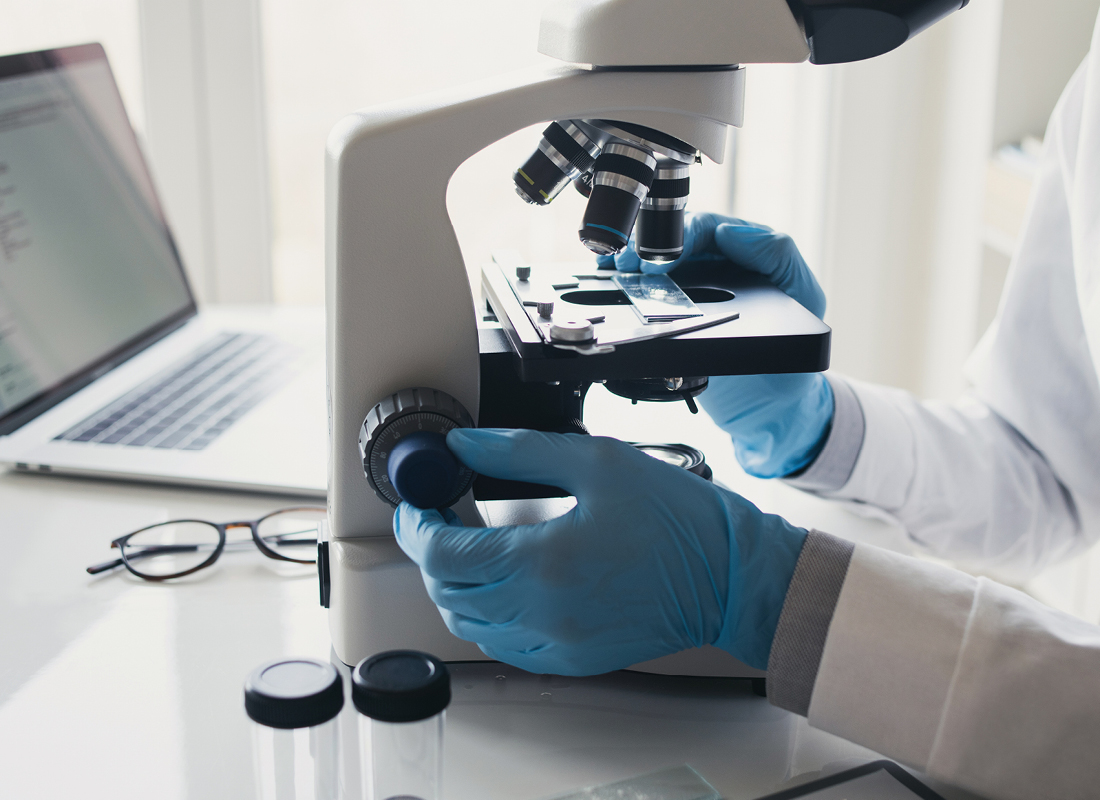Clinical Single Cell Analysis Shows Promise
From - Diagnostic Testing & Emerging Technologies Personalized medicine is driving the need for isolation of rarer target cell populations, including for the enrichment of… . . . read more

Personalized medicine is driving the need for isolation of rarer target cell populations, including for the enrichment of circulating tumor cells (CTCs), hematopoietic stem cells, and circulating fetal cells from blood. Current molecular analysis, while increasing biological understanding of cancer and other diseases at the DNA level, often assesses “averaged” cellular populations—derived from millions of cells across a tumor population—rather than individual cells. But, scientists believe that hard-to-detect low-level “subclones” are really the drivers of relapse or disease progression. A review of single-cell genomics in cancer, published in the Oct. 15, 2015 issue of Human Molecular Genetics, explains that ~1,000X sequencing (which is “way beyond” the depth seen in most studies) would be required to detect 99 percent of mutations carried by a one percent tumor-mass subclone analyzed at the bulk level, whereas with single-cell analysis only ~200 cells are required to reliably detect one percent tumor-mass clones.
“While bulk tissue genomic analysis across large populations of tumor cells has provided key insights into cancer biology, this approach does not provide the resolution that is critical for understanding the interaction between different genetic events within the cellular hierarchy of the tumor during disease initiation, evolution, relapse, and metastasis,” writes Quin Wills, D.Phil., from University of Oxford in the United Kingdom, in the review. The challenge remains in isolating those 200 cells, in a manner that has high throughput, is affordable, and preserves the cell’s biological integrity. A flurry of activity advancing microfluidic technology to improve cell sorting is bringing the possibility of single cell analysis closer to a clinical reality.
For in-depth analysis of cell sorting, commercialization and new technologies for achieving cell sorting, see “Inside the Diagnostics Industry” in the January 2016 issue of Diagnostic Testing & Emerging Technologies.
Subscribe to Clinical Diagnostics Insider to view
Start a Free Trial for immediate access to this article